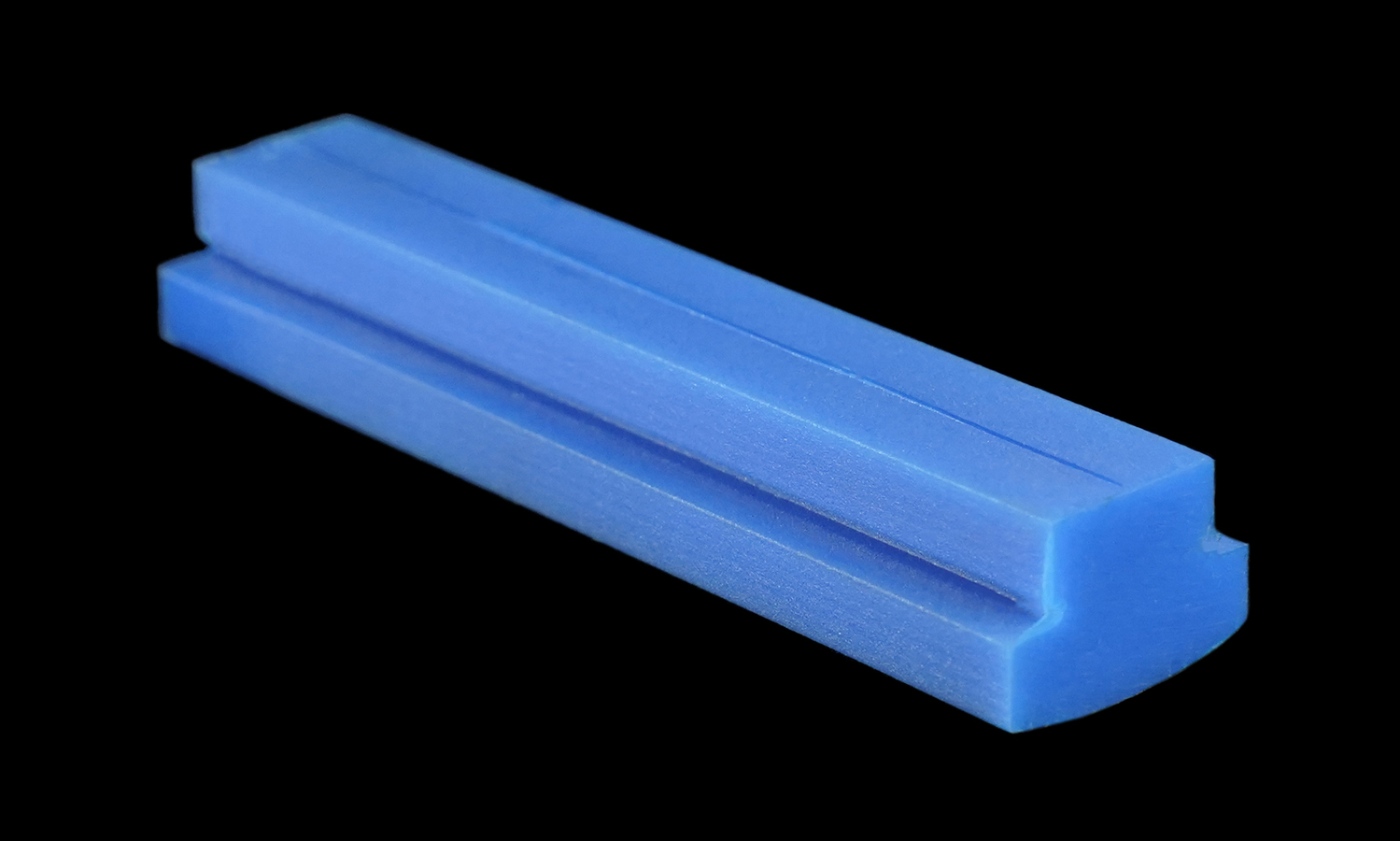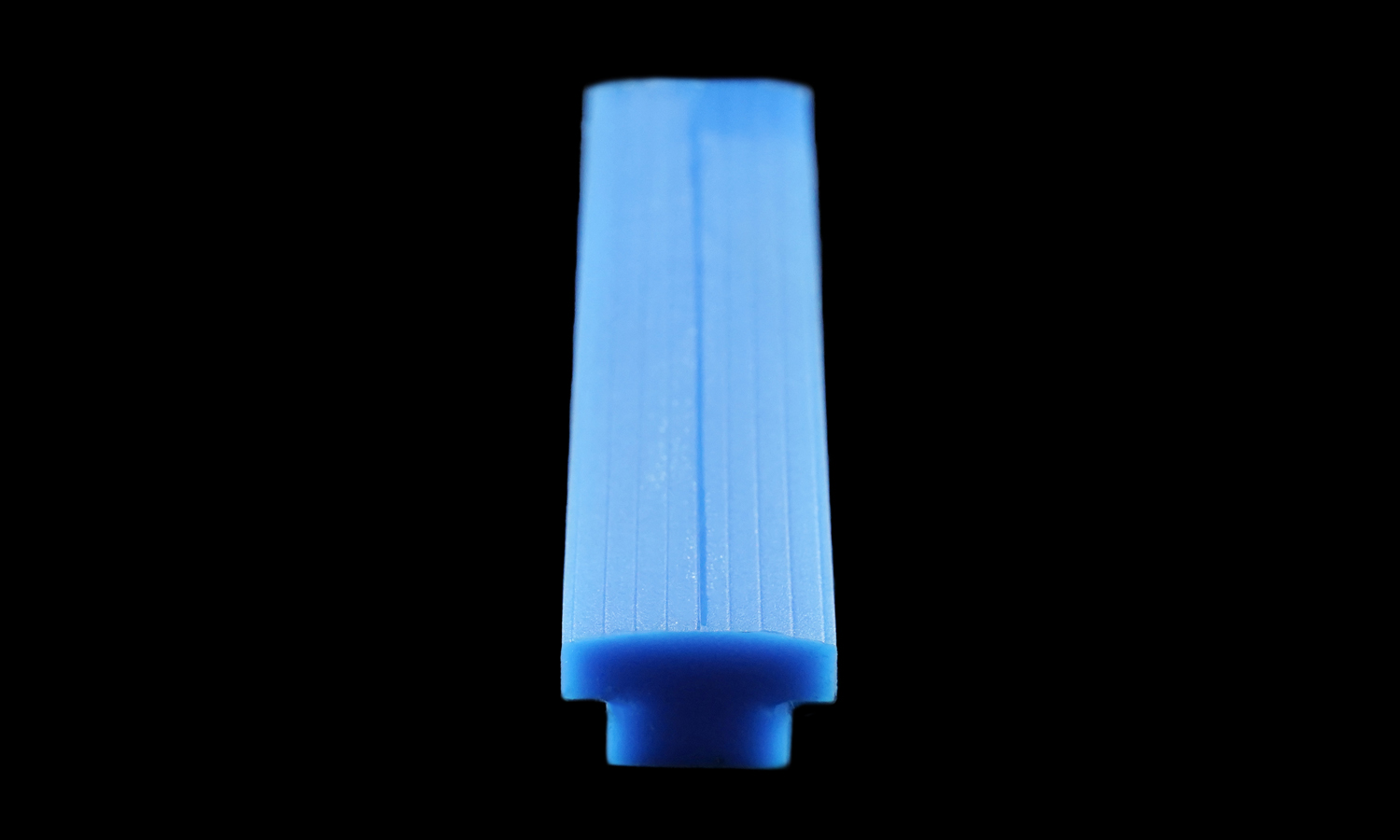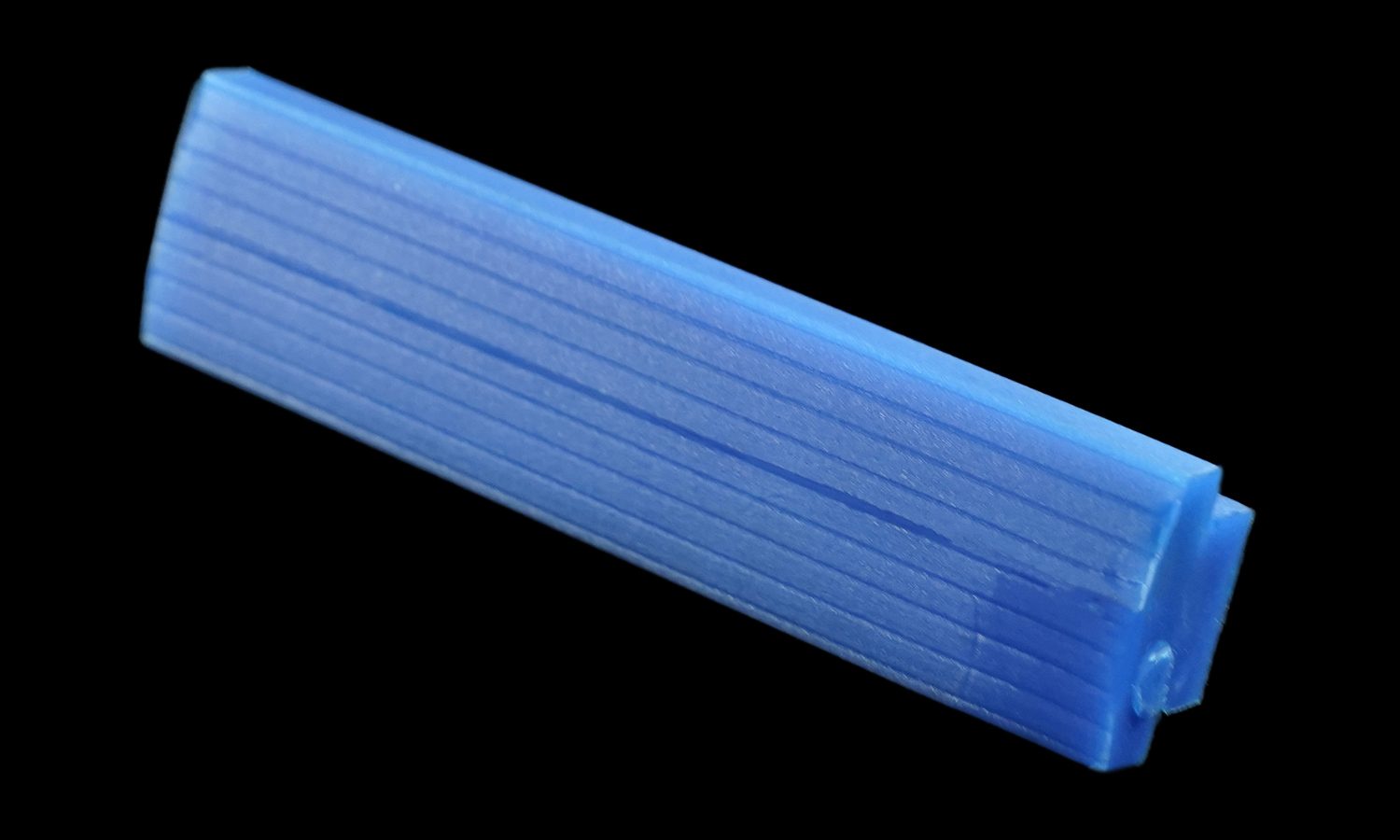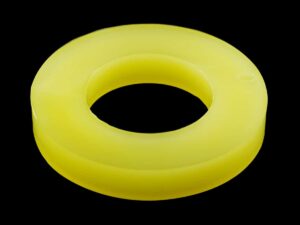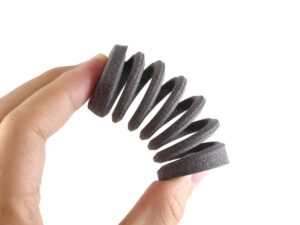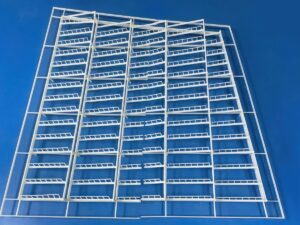- Reaction Injection Molding Polyurethane Pressing Wheel for Printing Machine
- Injection Molding Polyurethane Ski Dampener with Brand Name
Material Rubber
Quantity 80 pcs
Price Range $100-1,000
Lead Time 3 workdays
Gallery
About Project
In the world of industrial equipment, a reliable seal is often the unsung hero. Think about it: gaskets and seals are essential for preventing leaks, dampening vibrations, and protecting delicate components. And when it comes to versatile sealing solutions, the T-shaped polyurethane gasket stands out.
Why a “T” shape? This clever design offers a wide contact surface thanks to the top of the “T,” creating a tight, dependable seal. The stem provides a secure fit in a groove or channel, ensuring the gasket stays put, no matter what. From sealing gaps in heavy machinery to weatherproofing doors and windows, these gaskets adapt to a huge range of applications.
Polyurethane is the go-to material for these workhorses, and for good reason. It’s incredibly durable, resisting abrasion, tears, and the elements, so it can handle tough conditions. Plus, polyurethane can be made soft and flexible or hard and rigid, depending on the job. It laughs in the face of many chemicals, oils, and solvents, and it can even be customized with different colors and shapes.
So how do you make a T-shaped gasket? Extrusion is the answer. Imagine taking molten polyurethane and pushing it through a shaped opening – that’s essentially what happens. The material is heated, mixed, and then forced through a “T” shaped die. As it comes out, it cools and hardens into the perfect gasket. Extrusion is efficient, precise, and keeps material waste to a minimum.
Need a custom T-shaped polyurethane gasket or seal? FacFox is here to help. We specialize in creating exactly what you need, using state-of-the-art equipment and a team of experts. Big or small orders, simple or complex designs – we can handle it all. Get in touch, and let’s create the perfect seal for your project.
Solution
- Step 1: Polyurethane resin and other necessary additives were mixed to achieve the desired material properties.
- Step 2: The mixture was then fed into an extruder.
- Step 3: Inside the extruder, the material was heated to a molten state.
- Step 4: Thorough mixing was performed to ensure homogeneity of the molten material.
- Step 5: The molten polyurethane was forced through a specially shaped die with a T-shaped opening.
- Step 6: As it exited the die, the extruded material was cooled, causing it to solidify.
- Step 7: The solidified profile was then cut to the desired length.
- Step 8: Finally, the finished gaskets were inspected for quality and dimensional accuracy.
